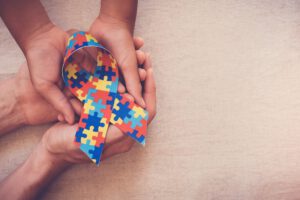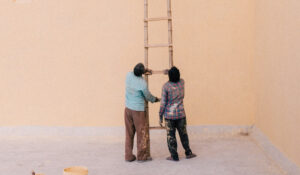Yesterday I had the most amazing experience: ensconced in a comfortable armchair somewhere in the Judean hills, I imagined galloping on the beach, something I used to do every Friday, in my youth, while studying at BIU. I could almost feel the wind blowing in my face again, hear the pounding of horse-hooves and the surf below me, as my mount and I raced up the mountain, my companion close by on his horse.
Crouched forward, my arms outstretched, elbows slightly curved, thighs pressing hard onto my horse, my back leaning forward, solid and dependable. Holding the reigns, yet able to surrender to the experience of being as one with my temperamental mare. Heart pounding, feeling exhilarated, hurtling through space. Finally catching my breath upon reaching the mountain top, the beach now far below, the seabirds flying around us. Meandering down the sand dunes in relaxed companionship, shoulders erect and tall, the occasional scutter of startled wild rabbits scampering for safety.
This sense of being so tangibly in touch with my life force, came to me in the context of a somatic experiencing (SE) session with a colleague, while grappling with a troubling challenge that had stirred up my fight and flight instincts. Much like when stepping down from a boat, it took me a few minutes to ‘land’ or transition from the sensations of riding, to feeling my legs firmly planted on the ground.
.Once I settled down, I felt energized and empowered from this galloping, better able to take on and deal with that which had been troubling me earlier
The greater our ‘healing vortex’ and our resiliency and flexibility to deal with what life throws our way, the better able we become at containing (counterbalancing) the inevitable whirlpool of the ‘trauma vortex’ (Ross, 2008). The more we are in touch with the positive experiences that comprise our healing vortex, the better our body can function as an efficient washing machine (Ross, personal communication), and wash out and discharge the negative.
Consider an infinity sign, where the two loops are the same size. Assume one loop is the healing vortex, the other the trauma vortex, respectively. We want both loops to be about the same size, as opposed to having the trauma loop dominate the picture.
According to Levine & Frederick (1997), from the beginnings of life, our autonomous nervous system ‘pendulates’ (from the word, ‘pendulum’) back and forth, from sensations of expansion (healing) to sensations of constriction (trauma). This is an innate, natural process. When, for whatever reasons (e.g., developmental trauma, or shock trauma, such as may occur subsequent to a car accident), this process is interrupted, we become ‘stuck’ in the trauma vortex. As a body-mind trauma therapist, I facilitate its automatic resumption in my patients, utilizing somatic experiencing (SE) techniques developed by Levine and others. This resumption is accompanied by the discharge of excess, “stuck’ energy, and forms part of healthy self-regulation.
References
Levine, P. & Frederick, A. (1997) Waking the Tiger. Healing Trauma. Berkley, CA: North Atlantic Books & ERGOS Institute Press.
Ross, G. (2008). Beyond the Trauma Vortex Into the Healing Vortex. A Guide for Psychology and Education. Los Angeles, CA: International Trauma-Healing Institute.
Ruth Shidlo, PhD, SEP. Dr. Shidlo is a trauma therapist and clinical psychologist in independent practice. She is affiliated with ITI, International Healing-Trauma Institute. The founder of Shorashim, she is also involved in human rights and health policy. A writer and editor, she has published two novels, The RosebushMurders and Murder in the Choir.











